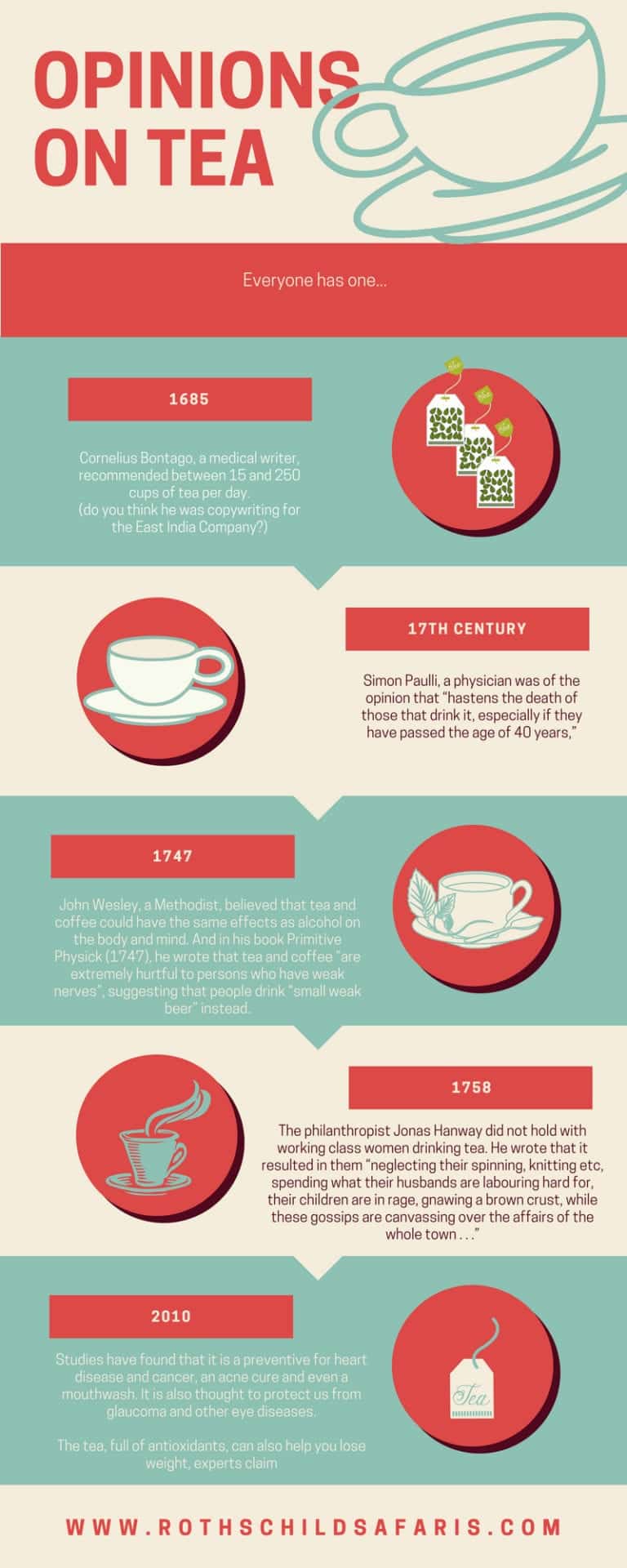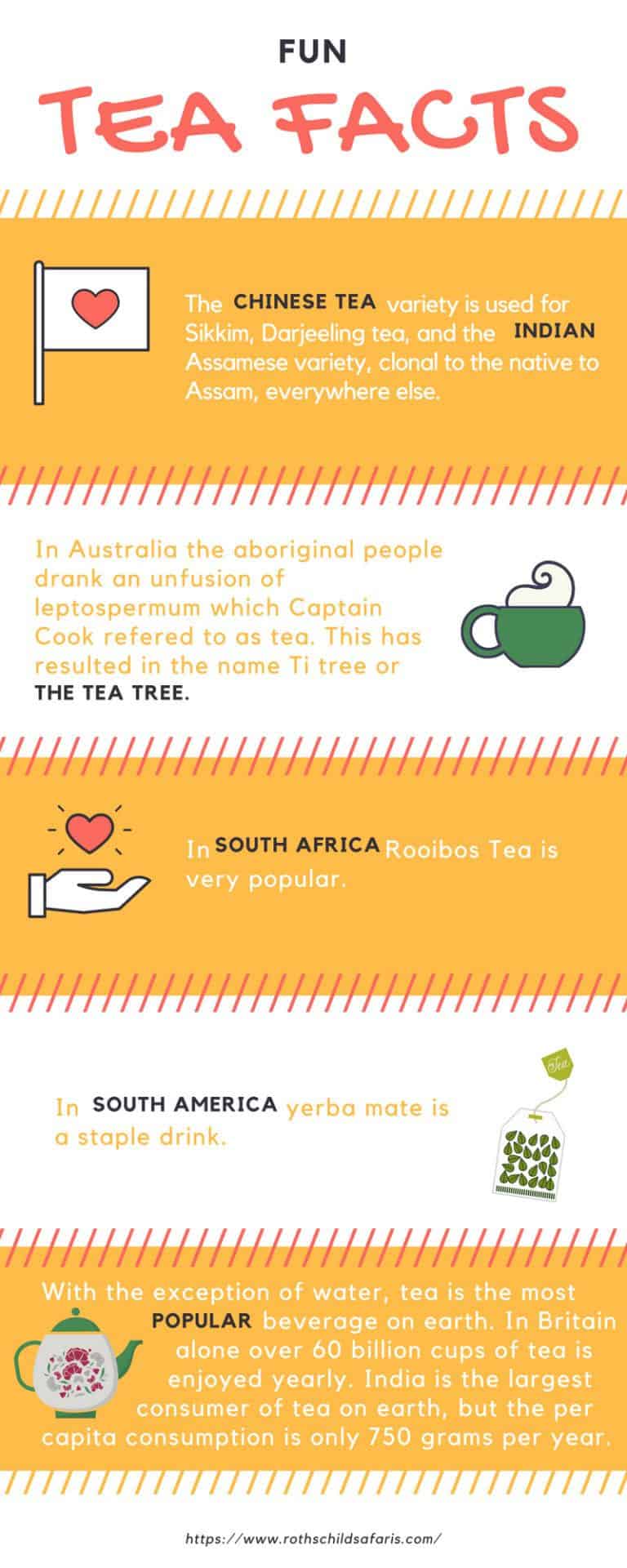
Serendipity, Weed and Wind

One breezy afternoon in 2737 BC emperor Shen Nung (also known as Shennong) sat under a tree in the Yunnan when a couple of Camellia sinensis leaves blew into the drinking water his servant was boiling.
It was serendipitous, as this happened at the exact moment when the Shang Dynasty’s emperor was also the father of Chinese agriculture and herbal medicine. Shen Nung was no stranger to infusions – he regularly enjoyed Cannabis steeped in hot water.
The next thing we knew tea drinking became a thing.
(More or less anyway. The absolute truth regarding the origins of tea might have dissolved into the mists of time.)
Ch’a Ching!

A credible record of tea consumption dates to a medical text written by Hua Tuo in the 3rd Century AD and Chinese tombs have been home to tea containers since the Han dynasty (206 BC – 220 AD).
During the Tang dynasty (618 – 906 AD) also known as the classic age of tea, the drink became a national pastime and spread to Korea, Japan, and Vietnam.
By the eighth century, Lu Yu published the first book entirely about tea, titled Ch’a Ching. A spiritual aesthetic was connected to the traditional tea ceremony, expressing the harmony and simplicity that ordered and imbued the entire universe.
The Indian history of tea is a little more gruesome. Prince Bodhi-Dharma, an Indian saint and the founder of the Zen school of Buddhism, traveled to China to preach his religion in the year 520. Vowing to meditate continuously for nine years to prove the Zen principles he eventually fell asleep and when he awoke was so upset by his failure he cut his eyelids off and threw them to the ground. Legend has it that a tea plant sprang up from where his eyes fell to sanctify his sacrifice.
(We think we possibly prefer the story of Shen Nung.😄)
Romance & Matcha

In the Song dynasty (960-1280AD) also known as the romantic age of tea, poetic and artistic references to tea abounded. It was during this age that the practice of brewing loose teas and a new powdered form of tea emerged.
Soon after tea made it into publication it was also introduced to Japan by the Buddhist monks Saichõ. Tiny tea plantations were started throughout Japan. Here, the tea was ground into a fine powder with a stone mill. Matcha was a precursor to the traditional ‘Chanoyu’ or tea ceremony.
Yellow and Green

During the Chinese Ming Dynasty (1368-1644) tea was prepared by drying, rolling and then heating the leaves to stop oxidation. These leaves were then simply steeped in water. Sloppy practices resulted in the discovery of yellow tea. A Chinese monk brought the new tea drinking method to Japan which allowed Soen Nagatani to invent a Japanese method known as Sencha (literally roasted tea) which is an unfermented form of green tea that remains popular throughout Japan.
Of course, tea was not only migrating further east, but Arab traders and Marco Polo all also wrote about discovering and brewing tea.
As usual, Europe was late to the (ahem) tea party. There is no mention of tea drinking until the sixteenth century when Portuguese priests and Lebanese traders were noted for partaking. Of course, it was the incredible trading Dutch who first started encroaching on the Portuguese trading routes to the East and then shipped the first consignment of tea from China to Holland via Java in 1610.
Tea was also traded into Russia by camel trains from China along the Silk Road.
The Dutch loved it and it was expensive… just like that tea became an important, exotic and coveted addition to high society life in Amsterdam, Paris, and London.
Of course, the British were suspicious of all continental trends.
Sailors (ever the rogues) had their priorities in order: not for them the stress of cultural angst, they simply enjoyed what was good in life. And China Drink was delicious.
Penny Universities

Coffee pipped tea to the post in Britain with a coffee house established in London in 1652 and tea was sold to the adventurous in Thomas Garraway’s coffee house by 1657 for between 16 and 50 shillings per pound. He advertised that it was good at“persevering perfect health until extreme old age” and “good for clearing the sight. Of course, coffee houses or penny universities where different classes and professions mingled were frequented only by men.
Women drank hot beverages only in their own homes and these women also considered tea a more genteel drink. It wasn’t expensive or complicated. It was also a sobering and respectable drink that did not result in illness due to the water being boiled. In fact, it was reported to be an excellent treatment for “gripping of the guts, cold, dropsies, scurvy and it could make the body active and lusty.”
And then Charles II married a tea addict.
The Portuguese princess Catherine of Braganza swept into the English court, teacup in hand and as quick as a hiccup tea became the most fashionable beverage with the wealthy classes.
The clever Dutch immediately placed an order for 100lbs of China Drink in 1664 from Java-destination England.
The Dutch were also responsible for bringing tea to America in the mid-1600s through their New Amsterdam settlement. When England captured New Amsterdam in 1664, renaming it New York, tea drinking immediately flourished.
Taxes and Gangs

The clever English government weren’t that quick off the mark but, persuaded by the British East India Company, they introduced the first tax on tea in 1689, slapping it on at 25p to the pound. This Tea Act came close to killing tea in England.
By 1692 the tax was down to 5p to the pound…
Of course, the natural order of the world prevailed and taxation resulted in smuggling and adulteration. Which resulted in more tea drinkers. Which resulted in an extremely respectable crime network employing extraordinary cunning.
Contraband tea was cut with leaves from other plants and previously brewed and redried tea leaves. To counteract the bleak look of the doctored tea the rogues selling it would add poisonous copper carbonate and sheep’s dung.
Political tensions and dissent over the notion of ‘no taxation without representation’ would eventually also climax in America with the Boston Tea Party when the colonists dressed as Native Americans and dumped tea into the water.
The American Revolution followed in 1776.
By 1784 Prime Minister William Pitt the Younger had a rush of common sense to the ganglia and slashed tax from 119% to 12.5%.
Suddenly everyone could afford real tea. (Although the general taxation fun would continue for almost three centuries before the government abolished tea tax in 1964.)
Of course, people always enjoy something to fuss about and so the next problem with tea was the great debate on whether imbibing was good or bad for your health.
The main problem with drinking tea seemed to lie in its ability to relax the drinker. It was feared that the working classes would be rendered weak and melancholy by their habit. On the other hand, the temperance movement encouraged the drinking of tea instead of alcohol.
Undercover

In 1834 the East India Company lost its trade monopoly with China.
Robert Fortune disguised himself as a Chinese merchant and traveled around China to learn about the farming and processing techniques. He returned with Chinese tea experts and samples. This expedition and the discovery of indigenous tea bushes growing in Assam enabled Britain to start experimenting seriously in this Indian region and in Darjeeling at the foot of the Himalayas. In 1839 the first Assam tea was auctioned in England.
Britain took over direct control of India from the East India Company in 1858 and immediately increased tea cultivation.
Meanwhile, Richard Twining together with a slew of independent tea merchants (remember those Clipper’s?) organized a campaign to reveal the corrupt practices of the Company. Pressure from the English government would cause the Company to crumble in 1874.
The next flurry of excitement was the repeal of the Navigation Acts (dictating that all tea must be shipped directly from England) and now the race between individual merchants and captains who owned their own clippers (fast new ships with three masts) to race to China from the Canton River down the China Sea, across the Indian Ocean, around the Cape of Good Hope, up the Atlantic, past the Azores and into the English Channel. Tugs would tow the clippers up the River Thames and the winner would hurl its cargo onto the docks.
When the Suez Canal opened steamships spoiled the clipper fun. Now trade routes to China were wide open and by 1851 most of the tea in Britain came from China. Every person in England drank less than 2lbs a year.
By 1888 tea imports from India exceed tea imports from China.
Fifty years later cheaper tea from Ceylon (Sri Lanka) boosted the annual consumption right up to 6lb per head
It had become so important that the government took over tea imports during the First and Second World Wars to keep everyone’s morale up at an affordable price.
Teabags and Iced tea

Tea had not only launched the American Revolution, but it was also growing in popularity throughout all the States.
Teabags were invented in America early in the twentieth century. Hand stitched from muslin or silk, patents for tea bags existed as early as 1903. Iced tea first caught on during the 1904 World’s Fair in St. Louis, Missouri when a tea merchant dumped ice into his brew to encourage sales during unusually hot weather- iced tea now makes up around 80% of the US tea market.
NOW

In Fengging County, Lincang City Prefecture of Yunnan Province in China you can still visit what is thought to be the world’s oldest cultivated tea tree. It has been growing for around 3,200 years. From its point of origin where the northeast of India, north Burma, southwest China, and Tibet comes together Camellia sinensis now grows in over 52 countries…

